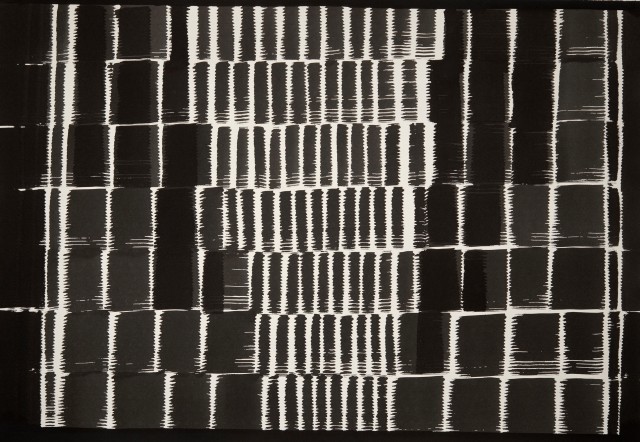The group "ZERO", founded in Düsseldorf in 1957 by Heinz Mack and Otto Piene, has enjoyed renewed interest for several years. This will be illustrated by the exhibition dedicated to it, opening at the GuggenheimMuseum in New York on 10 October 2014.
Formed originally by three artists (Mack and Pierce were joined by Günther Uecker in 1961), in the immediate post-war period, the group set themselves the task of sweeping away the dominant forms of artistic expression, which were marked by the traumas left by the war. Facing with the hegemony of lyrical abstraction and the School of Paris, the members of ZERO developed a new plastic grammar in which the principal elements were time, movement, light and air. At a later date, ZERO was to become the decisive catalyst behind the formation of an international movement whose purpose was the renewal of artistic forms, to which such famous names as Piero Manzoni, Yves Klein and, in Japan, the members of Gutai, adhered.
The presence of Mack in ZERO and his key position as the representative of kinetic art in Germany strongly influenced perception of his work, of which his sculptures have received most attention. However, in the opinion of Mack himself, his graphical work is central. As an expression of his concerns and a source of revitalization in his practice, drawing is to him both indispensable and covert. The 26 works presented at the gallery Malingue are representative of more than 50 years of his dense career. They employ a wide range of graphical techniques, from Indian ink to chalk to pen. The selection presented is formed exclusively of black-and-white drawings. They parallel his research into light contrasts and their dynamic characteristics at work in his sculptures.
Other aspects that flourish in the time and space of the drawings are the rhythmic modulation and infinite variation inherent in the theme of the grid and the vibratory properties of parallel lines.
The set of works on display comes directly from the artist's studio.
